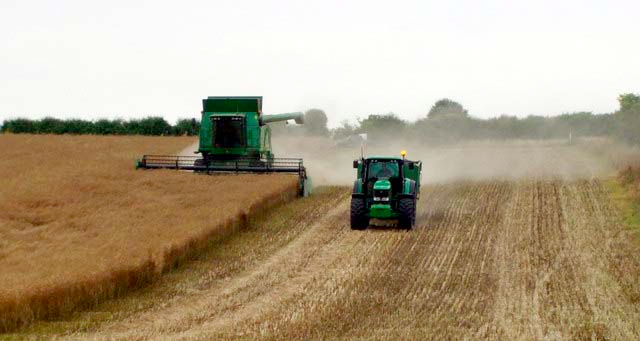
With the drop in commodity prices and the potential for UK exit from the EU, the future for farm incomes remains rocky with the cost of prime arable land falling for the first time in 13 years, according to Savills.
The estate agent expects prices will continue to fall over the next three years before recovering in 2019.
The key global forecasting organisations, including the FAO, USDA and IMF, have all cut their already pessimistic forecasts for commodity prices in the medium-term to 2020.
"We expect values to be much more varied than in the past five years," said Savills.
"Exceptional prices may still be achieved if all the right factors come together but conversely it is very likely that there will be more farms where potential sale prices fail to reach expectations or they fail to sell. We expect this market will last three to four years until commodity prices start to recover, following stronger global growth."
In the short-term, demand for farmland will be more localised, with areas of strong and weak demand, often quite close to each other.
Top-performing farmers will continue to be in the market for the right opportunities.
Non-farmer demand, and the expected growth in prime country residential markets over the next five years will continue to support prices especially on residential and amenity-type farms but investor demand may weaken as the performance of alternative assets improves.
An increase in buyers with rollover cash is likely to follow increased development activity and will add to the mix of local demand.
Debt may increase the number of farms coming to the market although if this is the case it is likely to be smaller farms.
UK exit could have a significant negative impact on farm incomes and land values, dependent on how the UK Government supports farming, which is currently unknown.
In 2015, research recorded falls in arable land values in the eastern counties of England, where values have been highest.
Grassland values, which have lagged behind arable values, have continued to increase and this land type is still regarded as good value by large livestock and dairy operations which are trying to expand to spread costs. This demand will help support prices in this segment of the market.
